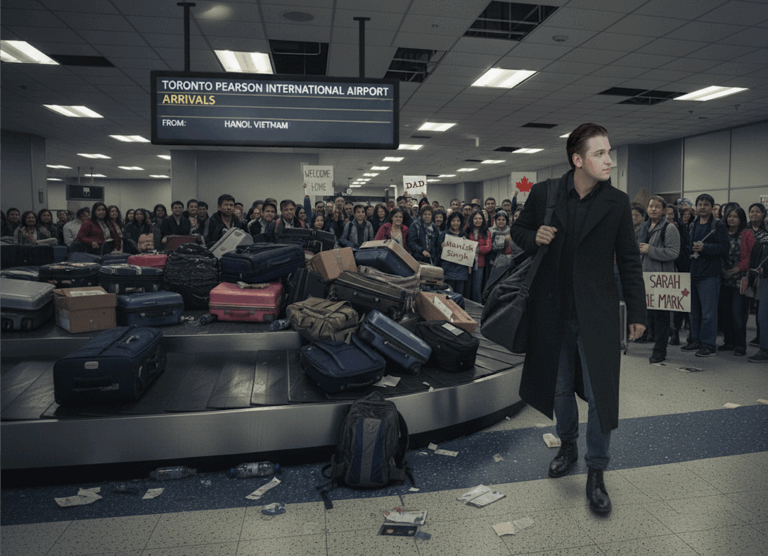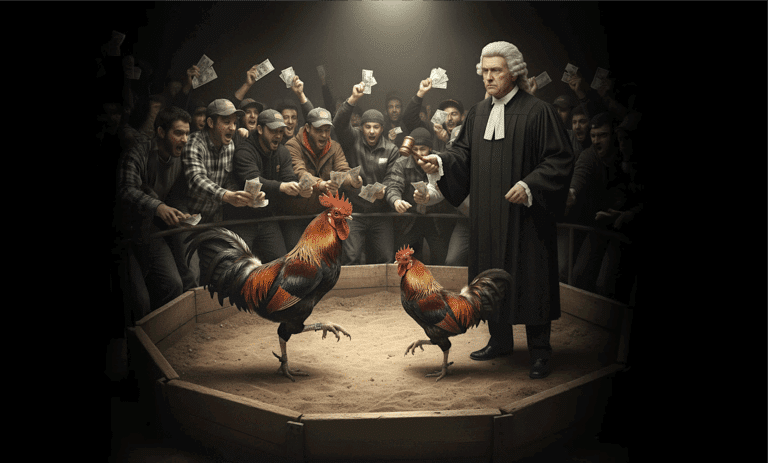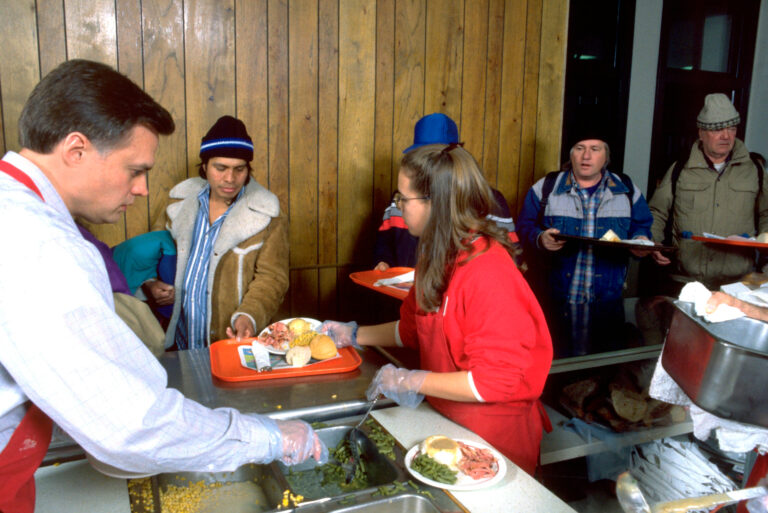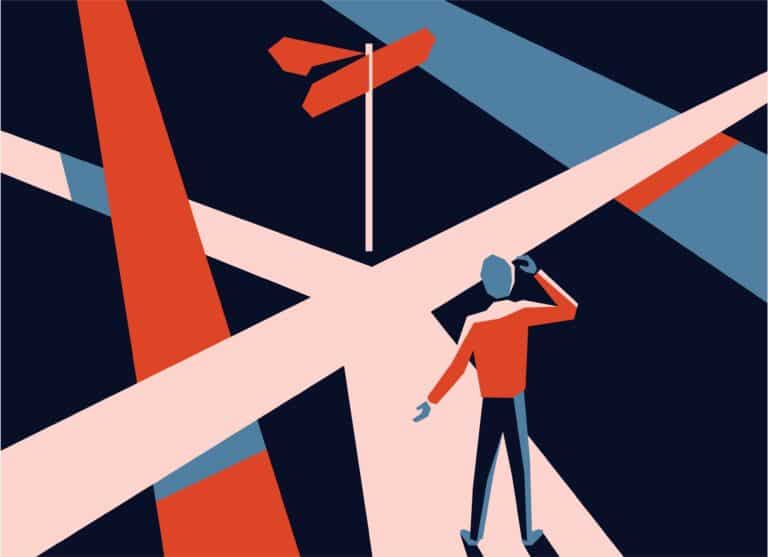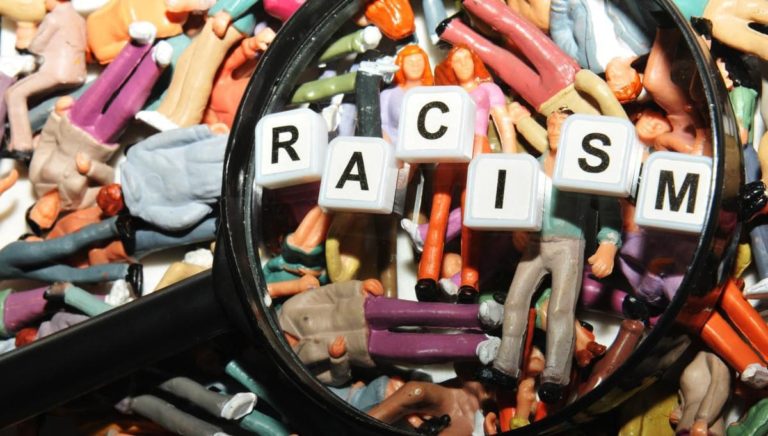It’s not easy to land a job in the RCMP. Wannabe Mounties often go to college or university, do military service or volunteer, and apply year after year before getting an interview – if they get an interview at all. The job is coveted not only because it pays $86,110 annually after three years of service but because it offers a chance to make a difference while wearing the highly-respected RCMP uniform, including the traditional red serge on ceremonial occasions.
Blue Line is an online forum where aspiring police officers can go to strategize about getting hired. A common assumption in the forum these days is that being a man, particularly a white man, makes it even more difficult to be chosen. There’s certainly reason to believe so. The RCMP is seeking to diversify, and the force in 2014 set a target that 30 percent of its sworn officers – not just new hires but the whole force – be female by 2025, an astonishing 43 percent increase in barely a decade.
“We have listened to our membership, especially those in employment equity groups, and they want no part of [quotas].”
It wasn’t until 1974 that the RCMP even allowed women to train as regular officers; 32 graduated the following year. A decade later there were still only about 500 female officers in what was then a 12,500-strong force. But the female ranks continued to grow, hitting 21 per cent by 2013. That year, a series of sexual harassment scandals forced then-commissioner Bob Paulson to release a Gender and Respect Action Plan. In it, Paulson committed to boosting the ratio of women officers to 30 percent by 2025.

Since fewer than one in four applicants were then women, there were only two ways to remake the force that quickly. The first was to set quotas and tilt the field in favour of female applicants over equally-qualified males until the quotas were met. The second was to somehow convince far more women to apply. Paulson vowed to do the latter, promising “targeted recruiting, engaging all employees as recruiters, and advertising” without “diluting” the force’s rigorous hiring criteria. These include an entrance exam and a physical test complete with obstacle course, hurdles and a heavy bag-carry. “The RCMP remains committed to merit-based promotion and rejects quotas,” the report stated. “We have listened to our membership, especially those in employment equity groups, and they want no part of [quotas].”
Many of the men on Blue Line are confused, assuming that any force serious about reaching 30 percent women by 2025 must be using quotas. But the Mounties have so far kept to their word, spending big on women-only recruiting events and targeting women in job ads while continuing to treat male and female applicants indistinguishably in actual hiring. According to data provided by the RCMP to C2C Journal, in 2016-17 the RCMP hired 19.3 percent of the women who went through the laborious application process, versus 18.2 percent of males. But the female recruitment drive hasn’t budged the numbers. It is nearly halfway to 2025 and the RCMP has made almost no progress toward its 30 percent target. The percentage of females among new hires was 24.2 percent in 2014-15, 25 percent in 2015-16, 23.9 percent in 2016-17 and 23.6 percent in 2017-18. Despite the RCMP’s sustained efforts to bring more women into the force, it remains just over 21 percent women. Year after year, far more men than women seek this particular job. As it becomes clear that advertising alone isn’t enough to convince more women to apply, one can expect the RCMP to face increasing pressure from equity advocates to start favouring female applicants over equally-qualified men. That would be wrong. If there’s one organization in which merit in hiring should always trump social engineering, surely it’s a country’s national police force. The risks of relaxing standards are self-evident. Based on the strong and sustained empirical evidence, we need to accept that the RCMP may never be more than one-fifth or maybe one-quarter women.

RCMP Commissioner Brenda Lucki has publicly stated she believes the RCMP may never reach full gender parity. Unlike some big-city police commissioners and chiefs of police across Canada, Lucki is a cop’s-cop, having worked in numerous corners of the RCMP, from a Manitoba detachment to drugs and customs investigations in Ottawa, before becoming Commissioner last year. But speaking the plain truth in the Senate last year brought her under criticism. Lucki said it’s harder to attract women than men to a job that often requires leaving their “family structures behind” and living in rural communities. At the hearing, Beth Symes from the Inuit organization Pauktuutit called Lucki’s position “utter nonsense” and declared it “essential” that “the number of women in the RCMP as regular members has got to equal the population.”
While Lucki’s candour and courage deserve credit, her reasoning was curious. If she were correct, big-city forces would be attracting more women than the RCMP. They aren’t. Women make up 23 percent officers in Ottawa, around 20 percent in Edmonton and 22 percent Waterloo, Ontario. In Winnipeg, they are just 16 percent. In Vancouver, 26 percent. Looking more broadly, if women aren’t willing to leave their family structures behind for far-flung communities, then why are hospitals in the Far North and rural areas staffed almost entirely with female nurses? (Curiously, there’s no hand-wringing at Health Canada about the under-representation of males in federal hospitals.)

Others have said that women avoid the RCMP because they fear being sexually harassed or because they don’t want to deal with working in a male-dominated environment. That may be part of it, but it seems unlikely to explain why women are only one-third as likely to knock on the RCMP’s door. Women already make up one-fifth of the force so new recruits find plenty of female allies, and the force has programs to investigate and punish sexual misconduct without fear of repercussions. On top of it, women have succeeded in numerous other formerly male-dominated job categories.
A better explanation for why women aren’t as thrilled by policing is their biological disadvantage. Three out of every four criminals in Canada are men, men on average are larger and heavier than women, and male criminals are more likely to be violent. Eventually, nearly every Mountie is going to need to wrestle some burly drunk man into cuffs – or worse. The average 5’4-inch, 150-pound woman is going to have more difficulty doing that and is more likely to get hurt in the attempt. Can you blame her for wanting to avoid that? In addition, women find the idea of having to shoot, zap with a Taser or pepper-spray a criminal suspect more repugnant, on average, than do men. There’s also extensive evidence that women are generally more risk-averse than men, and 239 Mounties have been killed in the line of duty.
Add in that women have plenty of other options and it’s easy to see why they’re less likely to apply for a somewhat prestigious but potentially dangerous job. Women can make just as much of a difference in their communities, plus earn more impressive salaries, in teaching, medicine and law. They now form majorities of newcomers in these similarly-coveted professions, and no one seems to be complaining about that imbalance, either. Rather than insisting the RCMP reach an arbitrary 30 percent female ratio through quota hiring, we should insist the force keep doing what it’s doing: hiring whoever’s best.
Josh Dehaas is a Toronto-based freelance journalist. Find him on Twitter @JoshDehaas.
